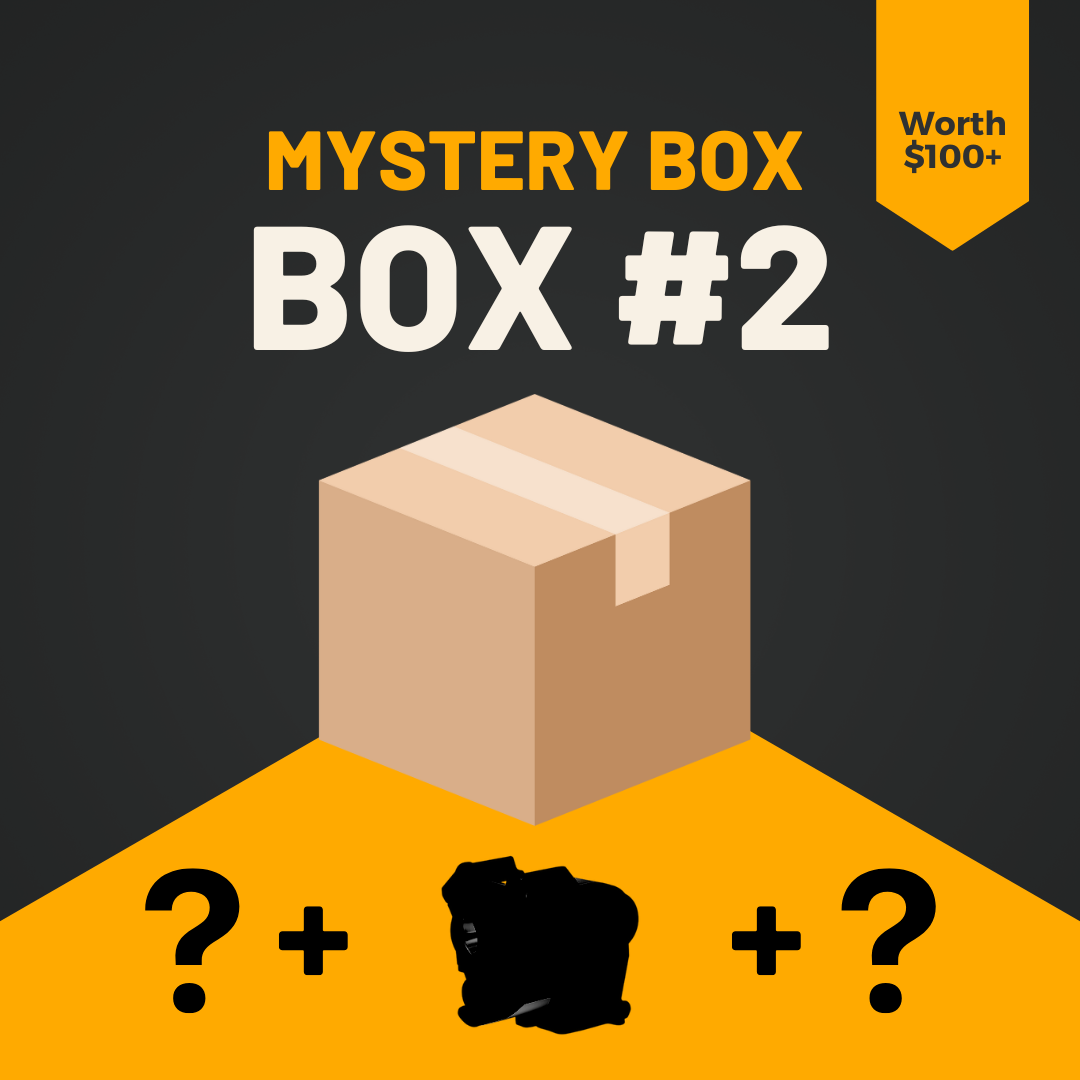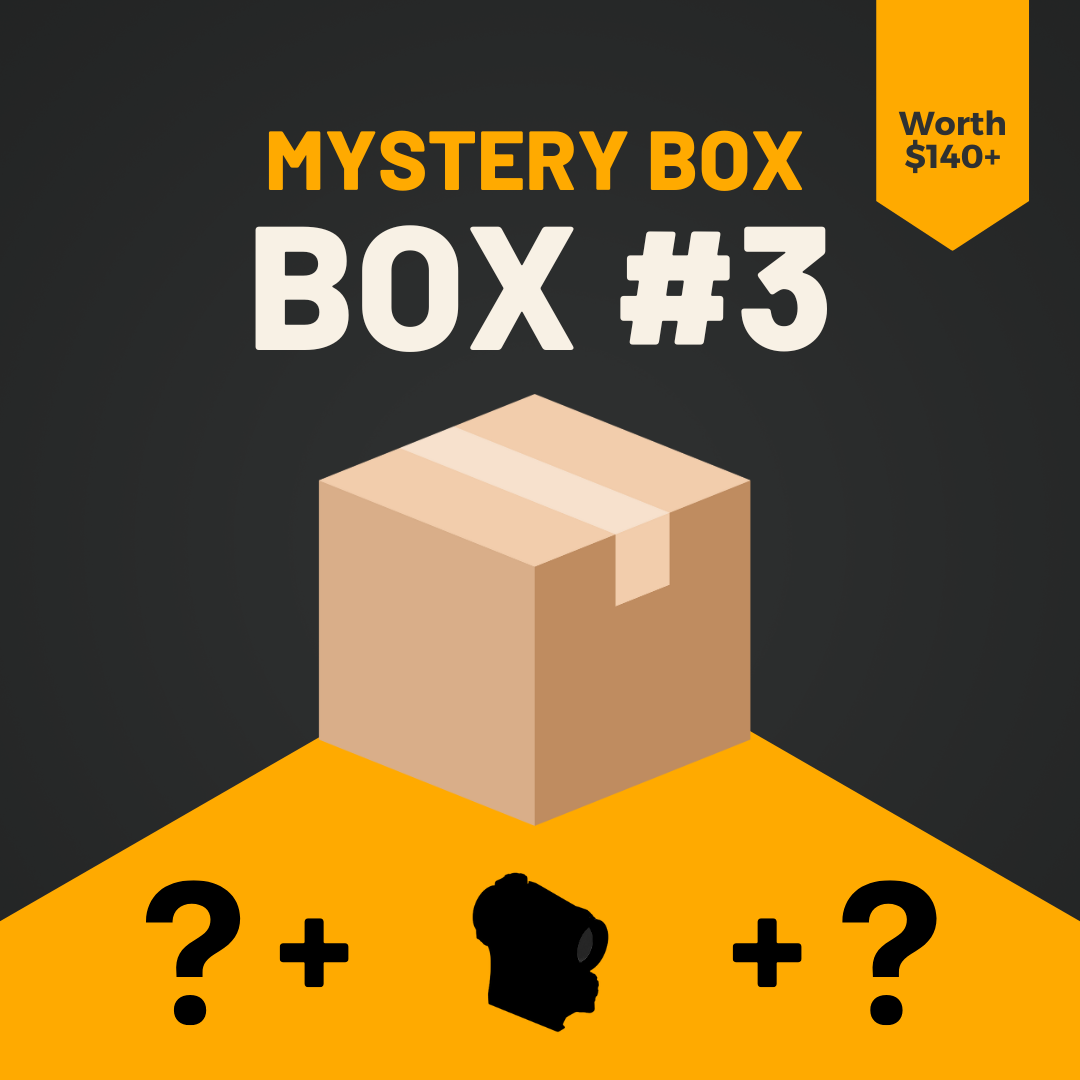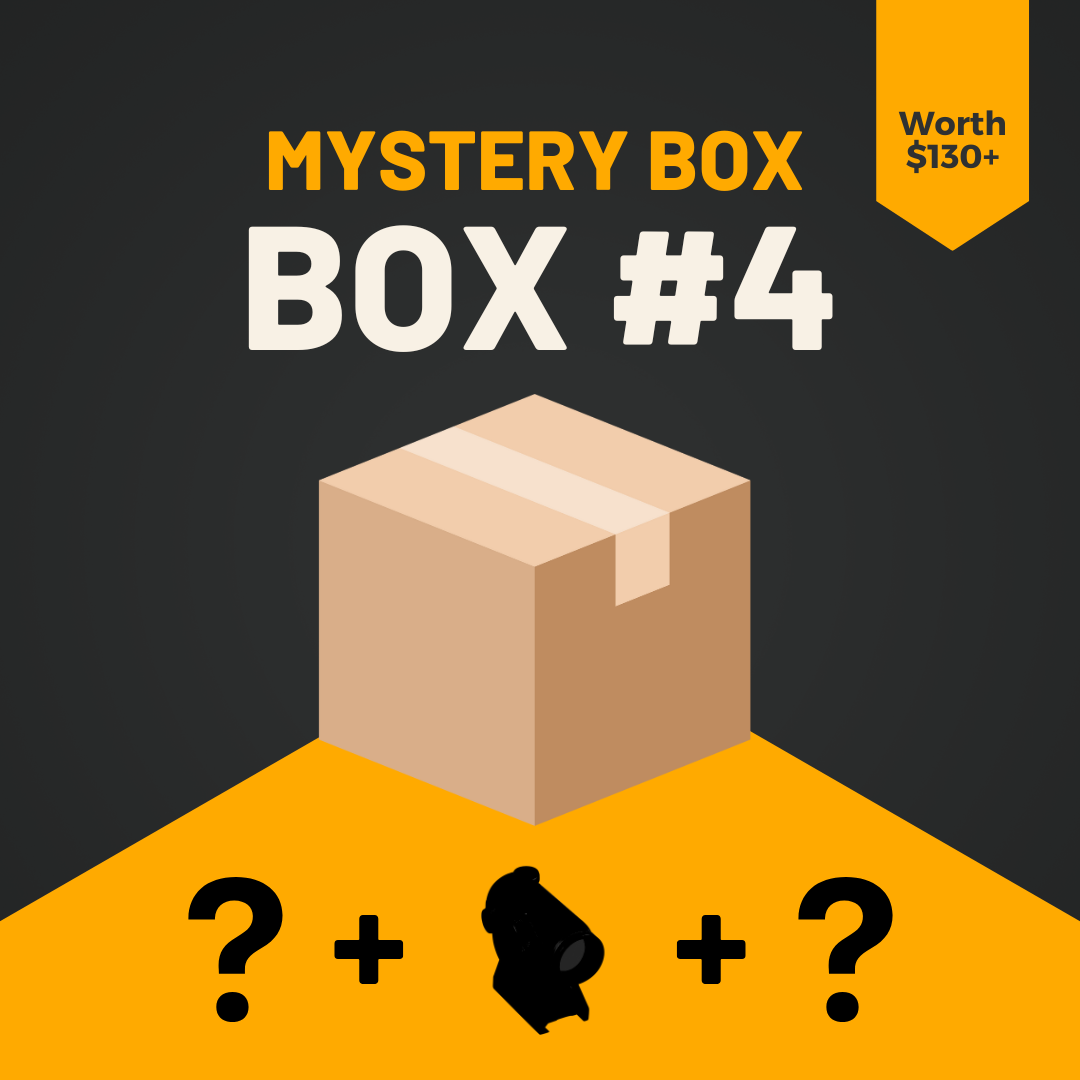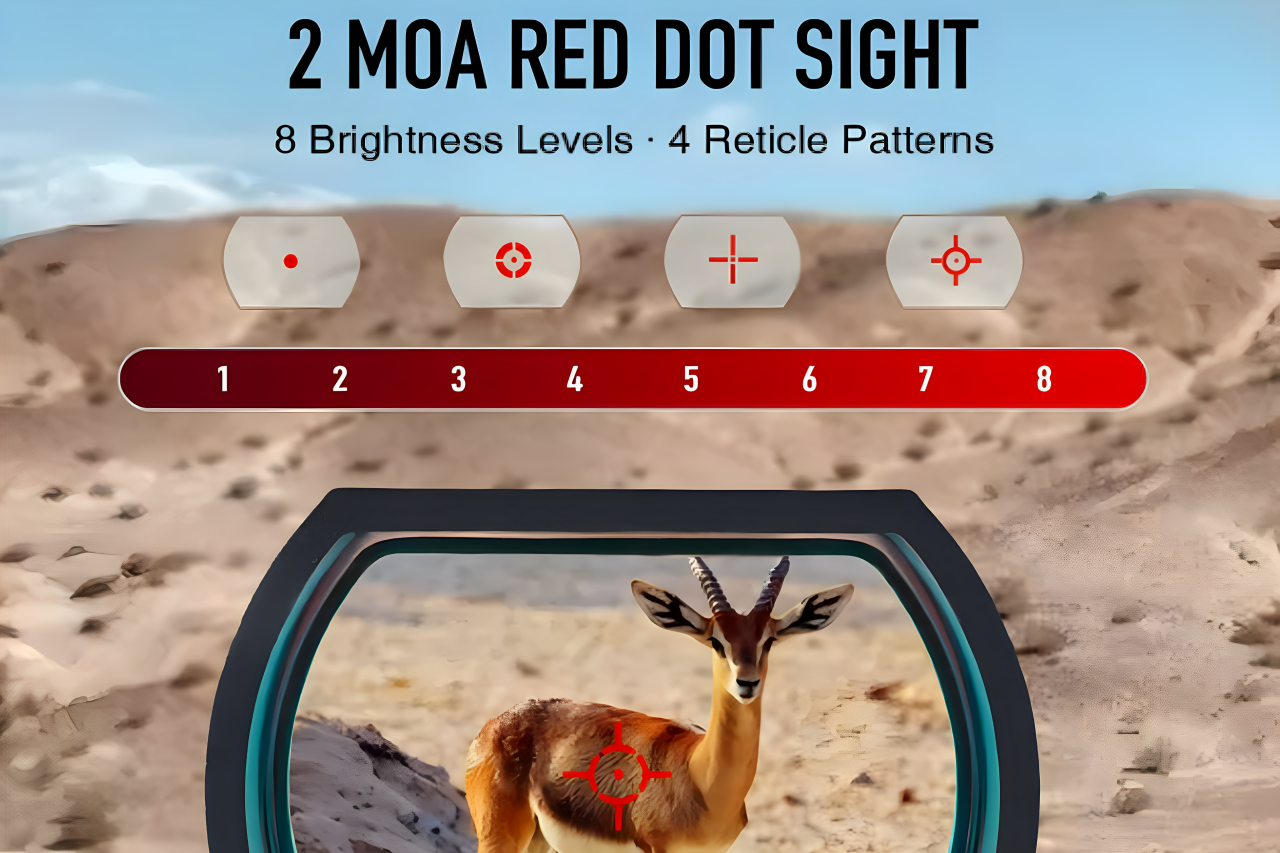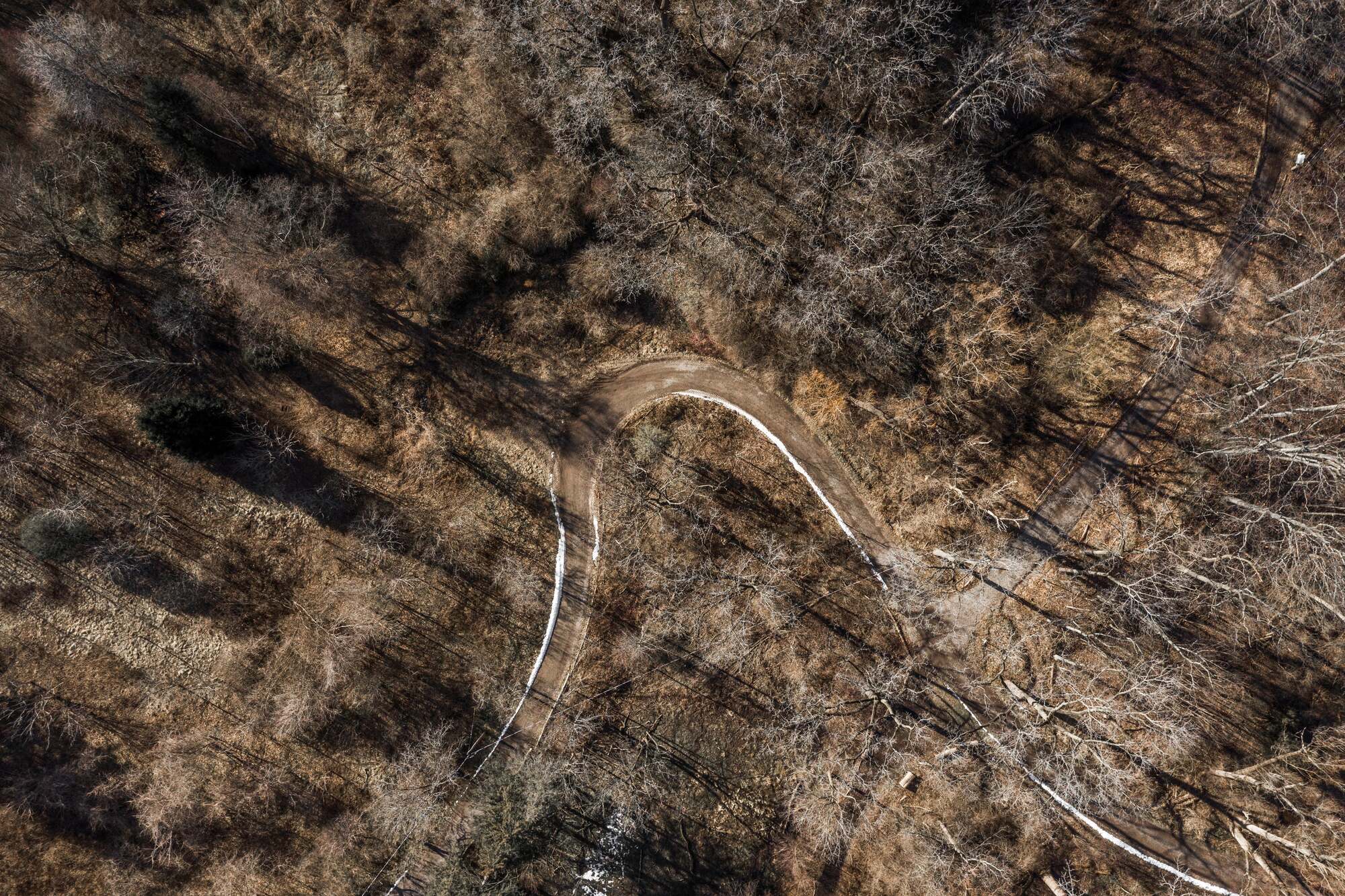Is there an objectively better option between a red dot sight and a green dot sight? Should the color of the reticle be a primary concern if you are in the market for a reflex sight?
Red dot sights and green dot sights are similar in that they project an illuminated dot (or reticle) onto a lens to help you quickly aim with both eyes open. And you can use them for everything from tactical shooting and home defense to hunting and competition.
However, there are subtle differences when it comes to using a red dot sight and a green dot, and the most prominent is the color of the reticle. To some shooters, it doesn't matter what the color of the reticle is: it depends on the personal shooting preferences of the shooter.
However, many other shooters argue that a red is better than a green dot, or vice versa.
Red Dot vs Green Dot: Main Differences
The most obvious difference between a red dot and a green dot is the color of the reticle. However, there are more subtle differences between the two, and these are evident in the level of brightness perception, eye sensitivity, battery life, and visibility in daylight that each sight provides.
| Feature | Red Dot Sight | Green Dot Sight |
| Reticle Color | Red | Green |
| Brightness Perception | Good in most conditions | Appears brighter in daylight |
| Eye Sensitivity | Eyes see red clearly at night | Eyes are more sensitive to green in daylight |
| Battery Life | Typically longer (red LEDs use less power) | Slightly shorter (green LEDs use more power) |
| Visibility in Bright Light | May wash out in very bright sunlight | Usually easier to see in direct sunlight |
| Night Vision Compatibility | Common | Less common |
| Availability | Very common | Increasing, but less common |
| Cost | Often cheaper | Slightly more expensive due to tech and power demands |
When a Red Dot is Better
The main reason why a red dot might be better than a green dot is that red is more remarkable, and it tends to stand out amongst most things in nature.
In a woodland, for example, where the environment is mostly green and brown, a red dot is more prominent and easier to see.
Green would not be ideal as it might fade and blend in with the rest of the environment.
- Another reason a red dot sight might be better is that red dots tend to conserve battery better, and they typically last longer. If you are going on a particularly long shooting trip, for example, a red dot might serve you for longer than a green dot.
- Red dot sights are also cheaper and more available. If budget is a major constraint, you can go for a red dot. A good quality red dot will serve you just as well, especially if there is no precision.
Affordable Red Dot From Pinty
The 2MOA Red Dot Sight features a Smiley Face Reticle that is designed to ensure swift target acquisition and add a touch of fun to your aiming precision. The 2 MOA crisp red dot, along with 10 adjustable brightness levels, ensures precision in any lighting condition.
It features:
- A parallax-free design maintains point of aim alignment, provides uninterrupted focus regardless of eye position or head movement.
- Easily adjustable windage and elevation with turret caps. No tools needed.
- Made from robust aluminum alloy, resilient against wear, tear, and corrosion.
- Multicoated lenses for durability even in conditions such as rain and fog.
When a Green Dot is Better
The main advantage of a green dot over a red dot is that a green reticle is easier to see in sunlight. Scientifically speaking, the human eye is geared towards green, and that means a green dot appears brighter to most people, especially in bright daylight.
So, if you are going to be shooting in daylight conditions, a green dot is a more suitable option.
At night or in low light, red is easier on the eyes and doesn’t affect night vision as much. So, a red dot sight would be more suitable.
This 1x40mm Reflex Red Green Dot Sight from Pinty offers 5 brightness levels in each color for visibility in any conditions. At a price point of $23, it comes with a 20mm Weaver & Picatinny Rail and 11mm Dovetail Alloy.
Green Dot vs. Red Dot: Shooting in Different Conditions
| Scenario | Best Choice |
| Indoor home defense | Red Dot (easy on eyes, long battery life) |
| Bright daylight shooting | Green Dot (more visible in sun) |
| Night shooting / low light | Red Dot (less strain, better for night vision) |
| Battery efficiency priority | Red Dot (longer life) |
| Colorblindness concerns | Red Dot (green can be hard to see for red-green colorblind users) |
| Tactical or military use | Red Dot (tried and true, NV-compatible models available) |
Consider Red Dots With Switchable Colors
With today’s improvements in red dot technology, you don't have to choose between a red dot and a green dot. High-end reflex sights allow users to switch between red and green reticles or even use multi-reticle systems. This gives flexibility depending on lighting, conditions, and personal preference.
The Pinty Red & Green Reflex Dot Sight features 4 reticle types, all offering unlimited eye relief and corrected parallax. It comes in a strong lens frame and is made of aircraft-grade aluminum alloy.
It is durable and easy to clean, along with waterproof, fog-proof, and shockproof for reliable performance in all weather conditions.
Final Thoughts: Which Should You Choose?
- Go with a red dot if you want reliability, battery longevity, and lower cost, especially for indoor or low-light use.
-
Choose a green dot if you primarily shoot in bright daylight and want faster visibility.
If you’re unsure or want the best of both, look for a sight with switchable color modes. That way, you don’t have to choose at all.

